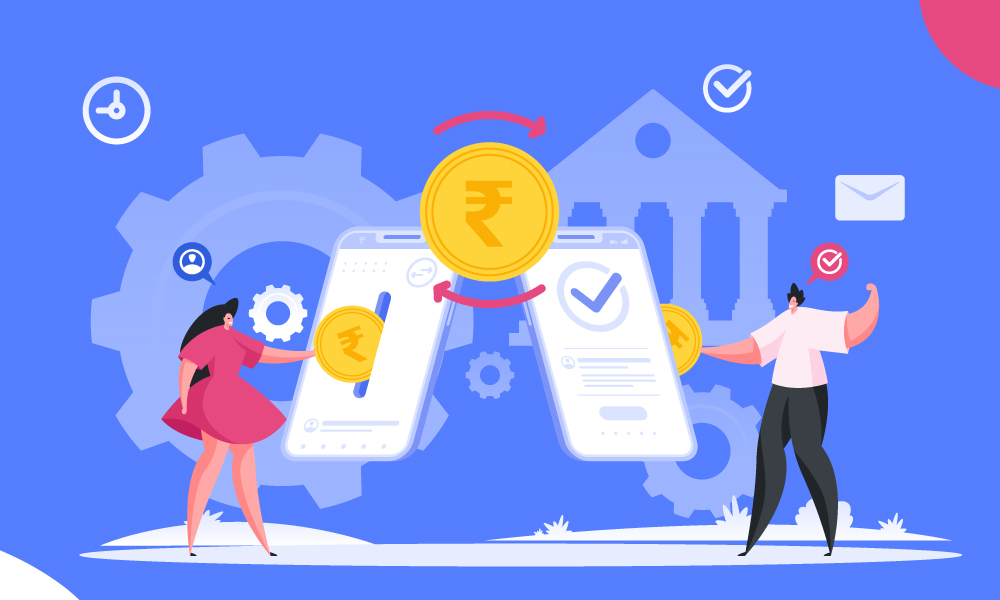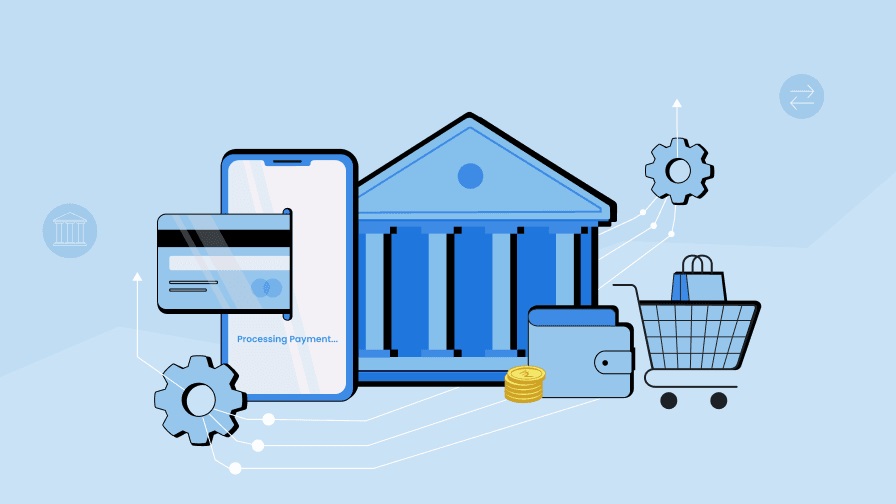Digital Lending vs Traditional Lending: What’s Changing and Why It Matters

Finance is evolving – and with it, how we lend money and how we borrow money is also evolving. Manual, traditional lending with endless paperwork, long processing timelines, and in-person verification is slowly being replaced by digital lending platforms that are making lending easier, faster, and safer than ever before.
This evolution represents more than a shift to convenience. This shift impacts availability of credit, operational efficiencies, and lender evaluations and engagement with borrowers in a way that will be different going forward. Whether you are an incumbent financial institution, a fintech aficionado, or simply someone that sees the evolution of lending, understanding the distinctions between traditional lending and digital lending will provide clarity in terms of where credit is headed in the future.
Why Moving to Digital Lending Is Essential for Growth
1. Speed and Convenience: Where Digital Takes the Lead
One of the most visible changes is speed. Traditional lending can take days or even weeks for loan approval and disbursement due to physical documentation, in-person verifications, and manual data checks. In contrast, digital lending solutions enable applications, approvals, and fund transfers within hours—sometimes even minutes.
Borrowers can complete the entire loan process from their phones, eliminating visits to branches. For lenders, this means less overhead, quicker turnaround, and improved customer experience.
2. The Power of Digital Loan Processing
Traditional systems rely on people to handle repetitive tasks like data entry, document review, and eligibility checks. These steps are time-consuming and error-prone.
On the other hand, digital loan processing automates much of this workflow. With digital systems in place, financial institutions can:
- Verify documents through APIs
- Assess creditworthiness using real-time data
- Reduce manual steps in underwriting
- Monitor application status end-to-end
This level of automation not only increases operational efficiency but also reduces the chance of fraud and errors—two major concerns in conventional loan handling.
3. Accessibility and Inclusion
A major downside of traditional lending is that it’s not equally accessible. It often excludes individuals with limited credit history or those living in remote areas without easy access to bank branches.
Digital lending solutions are closing this gap by bringing financial services to the fingertips of users across geographies. Thanks to Aadhaar-based eKYC, mobile penetration, and simplified digital interfaces, even first-time borrowers can access credit. This shift is especially valuable in India, where financial inclusion is a key policy objective.
4. Transparency and Customer Experience
Traditional lending is often associated with unclear terms, inconsistent communication, and limited visibility into loan progress. Digital platforms address this by offering:
- Real-time tracking of application status
- Clear loan terms and interest rates
- Automatic updates via SMS and email
- Online customer support
Transparency isn’t just a feature—it’s become an expectation. And digital lending solutions are setting new standards for how borrowers interact with lenders.
5. Technology as the Backbone: Loan Origination Software
A critical component enabling the shift is loan origination software. This software acts as the core engine behind digital lending systems, managing the full loan lifecycle from application to approval to disbursement.
Unlike spreadsheets or outdated internal tools, modern loan origination systems are designed to:
- Integrate with credit bureaus and KYC databases
- Automate decisioning based on pre-set rules
- Provide data-driven insights to lenders
- Ensure compliance with regulatory requirements
The result is a faster, more reliable, and scalable approach to lending—something that traditional systems struggle to offer without significant upgrades.
6. Risk Assessment and Credit Evaluation
In traditional lending, risk assessment often relies heavily on past credit reports and income statements. While this works in many cases, it overlooks non-traditional borrowers and can miss nuanced credit behaviours.
Digital lending solutions bring in alternative data sources—such as mobile usage patterns, digital payment histories, and transaction behaviour —to evaluate creditworthiness. This results in more inclusive and accurate assessments, helping lenders reach a wider pool of borrowers without increasing risk.
7. Challenges Still Remain
Digital lending is undoubtedly on the move, but there are some hurdles. Data privacy, cybersecurity, and customer education remain key concerns. Many people are still unfamiliar with digital platforms or hesitant to trust online financial services.
Additionally, for lenders, adopting loan origination software and automating internal processes require investment in both technology and training. However, the long-term benefits—reduced processing costs, broader outreach, and improved customer loyalty—make it a worthwhile transition.
8. Why This Shift Matters
The movement from traditional to digital isn’t just a trend—it’s a structural shift in how credit works. It’s making loans more accessible, especially for underserved segments. It’s helping institutions reduce costs while expanding their reach. And most importantly, it’s creating a financial ecosystem that’s faster, more transparent, and data-driven.
For policymakers, this shift also represents progress in financial inclusion. For borrowers, it provides control and clarity. And for lenders, it brings the agility needed to remain competitive in a digital-first economy.
Conclusion: Choosing the Right Tools for a Changing World
The transition from manual to digital lending is not just about keeping up with technology—it’s about rethinking how financial services are offered and consumed. Lenders who adapt early are not only improving their operations but are also building trust with a new generation of borrowers.
For institutions looking to modernize, adopting smart platforms like digital loan processing and loan origination software is no longer optional—it’s essential.
Many lenders are also exploring integrated tools like debt collection software to complete the digital lending lifecycle, ensuring smoother management of repayments and reducing defaults.





